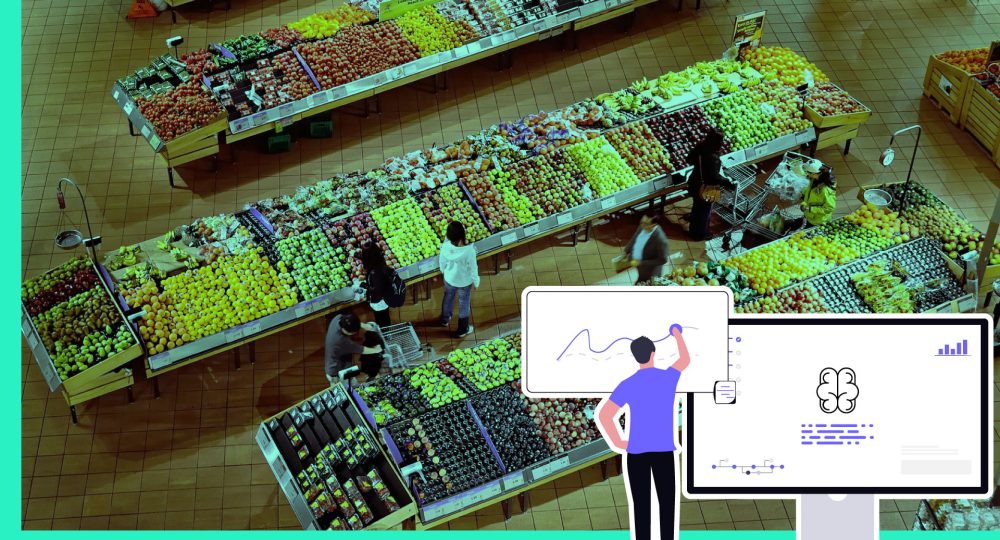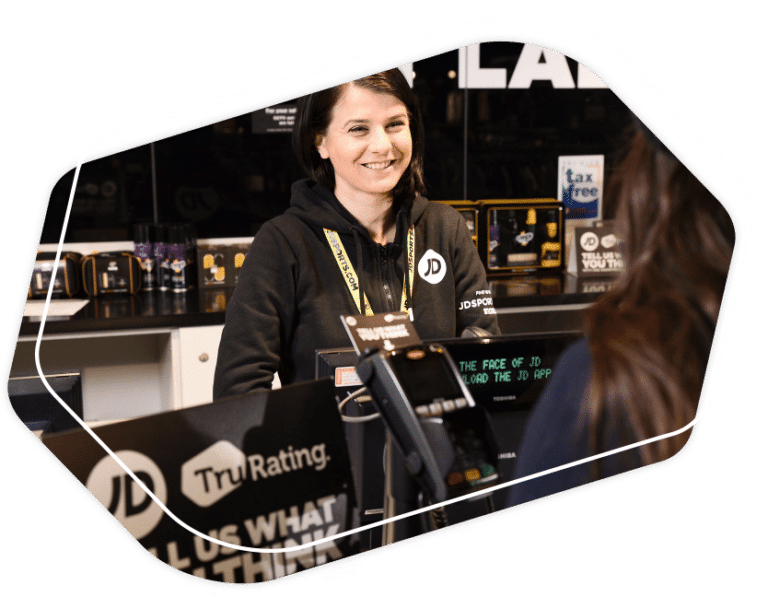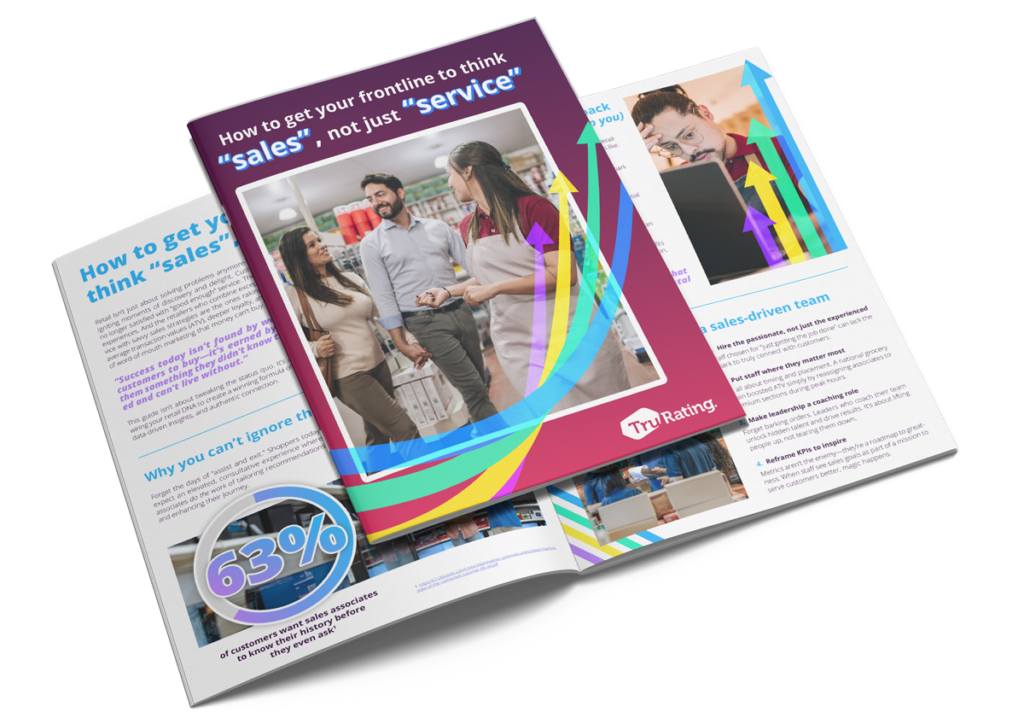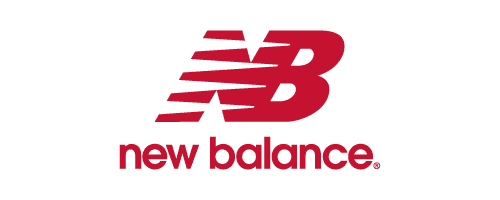When I was asked to lead the transformation of Aaron’s in-store sales effectiveness strategy, I knew one thing had to be true from day one:
We weren’t going to train our way to better results.
We needed a system. So, we built one. We called it Rev It Up! and it was more than a program. It was a full-scale performance model:
- A sales motion built on consistent behaviors
- A coaching model layered with GROW conversations and Skill/Will diagnostics
- A dashboard-driven, huddle-led rhythm that gave every team member a daily sales goal and clear behavioral targets
- A top-down operating cadence that made Area Directors the owners, not just observers
And it worked. Within 41 days, we saw a +26% increase in same-store conversion. Over the first year, we sustained the same-store-sales growth. But here’s what I’ll say looking back:
We had the performance system. What we lacked was the feedback loop.
The problem with 5 responses per store
The only formal customer feedback we had at Aaron’s came through our VoC platform, primarily post-purchase surveys. But we averaged just 4.5 to 5 responses per store. That meant:
- Our data was delayed. Days, sometimes weeks after the moment.
- It was biased. Only the most motivated customers responded.
- It lacked operational specificity. Store leaders couldn’t act on it in real time.
As our Regional Vice President of Store Operations put it:
“We’re trying to drive coaching. We’re trying to reinforce behaviors. But we don’t have enough feedback to do it.”
Our COO echoed the same concern:
“We know what behaviors we want to see. We just can’t measure them fast enough to course-correct.”
It wasn’t a coaching problem. It was a signal problem.
The role TruRating could’ve played
I’ve thought a lot about this in hindsight, especially now as I advise retail brands facing similar challenges. If we had TruRating integrated into our sales effectiveness system back then, here’s how it would’ve changed the game.
1. Real-time behavior feedback loop
TruRating captures high-volume, in-the-moment feedback from the pin pad at point of sale. Instead of waiting on a survey to trickle in post-delivery, we could’ve known right then:
- Was the associate helpful, knowledgeable, and friendly?
- Did the Aaron’s team member recommend products and/or merchandise?
- Did the rep explain the leasing process clearly?
- Did the customer feel confident in their payment plan?
That would’ve allowed every store leader to run daily feedback-fueled huddles backed by real customer input, not assumptions.
2. Talent development and retention insights
One of the most overlooked benefits of TruRating is what it does for the people side of retail. At Aaron’s, we spent significant time building skill development plans and behavioral coaching strategies. But without customer feedback tied to those behaviors, it was hard to reinforce progress in a meaningful way.
If we had TruRating then, we could’ve:
- Identified our highest-performing reps through the eyes of the customer
- Used feedback trends to celebrate and retain top talent
- Coached underperformers with specific data points tied to real interactions
- Made incentive programs feel more fair, objective, and aligned to impact
Feedback isn’t just about identifying problems, it’s about reinforcing progress. We missed that.
3. Strategic performance validation at the executive level
We modeled $140M in upside. But imagine if we’d been able to validate that through a dual lens:
- TruRating: Capturing the moment-by-moment shifts in customer sentiment as new behaviors took hold
- VoC Platform: Monitoring broader relationship health, NPS trends, and customer lifetime value over time
This integration would’ve created a powerful narrative for the boardroom:
“When we coach the behaviors and the customer feels the difference, we see X% conversion lift, Y% better satisfaction, and Z% repeat rates.”
That’s how you move from gut feel to business case. That’s how you earn prioritization, budget, and momentum.
Final reflection
I’m proud of what we built at Aaron’s. We architected a sales system that didn’t just move the needle, it redefined what was possible in our stores. But in today’s world, behavior change without a feedback loop is incomplete. The best system in the world can’t be optimized if it can’t listen and learn in real time.
That’s why I believe in the power of TruRating. It’s not a dashboard. It’s not a survey tool. It’s the missing experience performance layer that makes every store interaction smarter, and every sales system stronger.
If you’re building behavior-based coaching systems in retail but still flying blind, it might be time to ask:
Do you have a performance system without a feedback loop? Or are you building something that actually learns, adapts, and grows?
Because the next era of retail execution doesn’t just move. It compounds.












